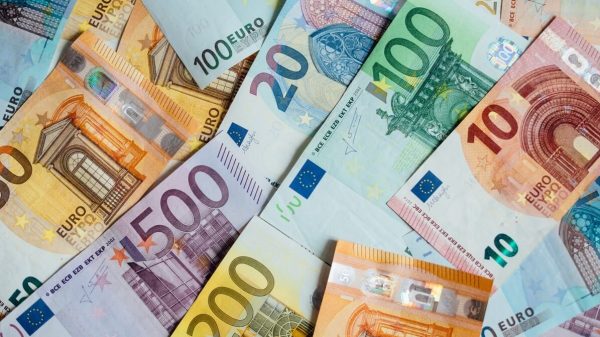EURUSD and GBPUSD: Breaking News – EURUSD Struggles to Surpass 1.06000 Mark
In the fast-paced world of foreign exchange markets, the EURUSD and GBPUSD currency pairs have been making headlines recently. Traders and investors have been closely monitoring the movements of these pairs, particularly the EURUSD, as it struggles to surpass the significant 1.06000 mark. In this article, we delve into the reasons behind this struggle and analyze the potential implications for the global economy.
The Battle for 1.06000:
The EURUSD currency pair has been locked in a battle to surpass the 1.06000 mark, a crucial resistance level that has proven to be a tough nut to crack. Traders have been closely watching this level as a potential turning point for the pair’s direction. Despite several attempts, the EURUSD has failed to break through, leaving many market participants wondering what lies ahead.
Factors Influencing the Struggle:
Several factors have contributed to the EURUSD’s struggle to surpass the 1.06000 mark. Firstly, the ongoing uncertainty surrounding the global economy, particularly due to the COVID-19 pandemic, has created a risk-averse environment. Investors have been flocking to safe-haven assets, such as the US dollar, which has put downward pressure on the EURUSD.
Additionally, the economic divergence between the Eurozone and the United States has played a significant role. While the Eurozone has been grappling with sluggish growth and political uncertainties, the United States has shown signs of resilience, with a relatively stronger economy. This divergence has favored the US dollar, making it difficult for the EURUSD to gain momentum.
Furthermore, the Brexit saga has also impacted the GBPUSD pair. The uncertainty surrounding the UK’s departure from the European Union has led to volatility in the British pound. As the GBPUSD is closely correlated with the EURUSD, any weakness in the pound has indirectly affected the euro’s performance.
Implications for the Global Economy:
The struggle of the EURUSD to surpass the 1.06000 mark has broader implications for the global economy. A weaker euro could potentially boost European exports, making them more competitive in international markets. However, it could also lead to higher import costs, which may impact consumer prices and inflation.
Moreover, the strength of the US dollar has implications for emerging markets and commodity prices. A stronger dollar makes commodities, such as oil and gold, more expensive for countries that rely heavily on imports. This could potentially weigh on the economic growth of these nations and impact global trade dynamics.
As the EURUSD and GBPUSD currency pairs continue to make headlines, the struggle to surpass the 1.06000 mark remains a focal point for traders and investors. The ongoing uncertainties surrounding the global economy, economic divergence between the Eurozone and the United States, and the Brexit saga have all contributed to this struggle. The outcome of this battle will have far-reaching implications for the global economy, making it a key area to watch in the coming weeks and months.























